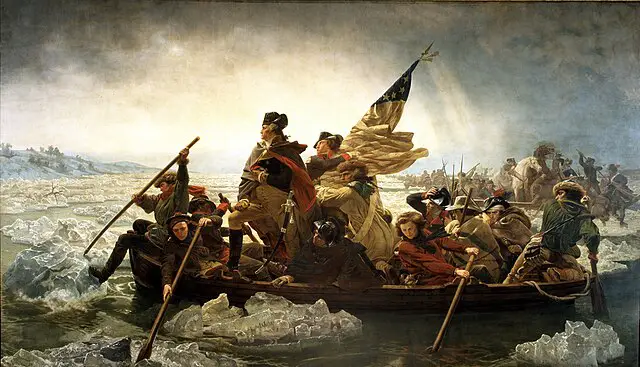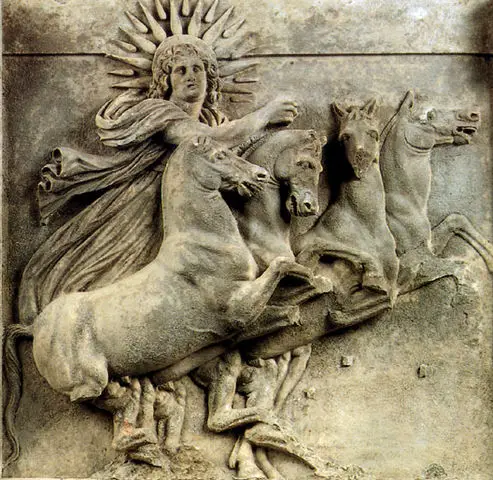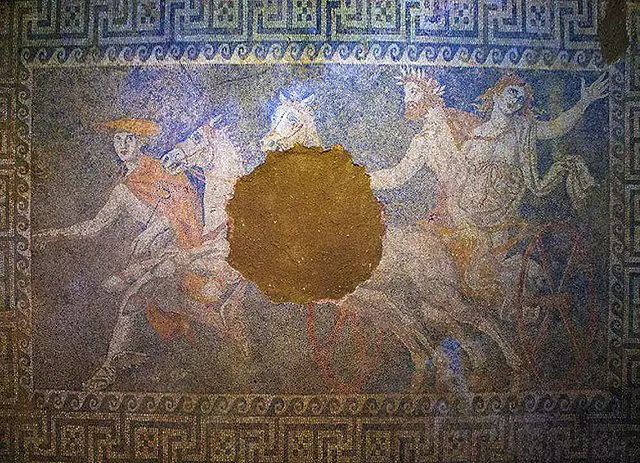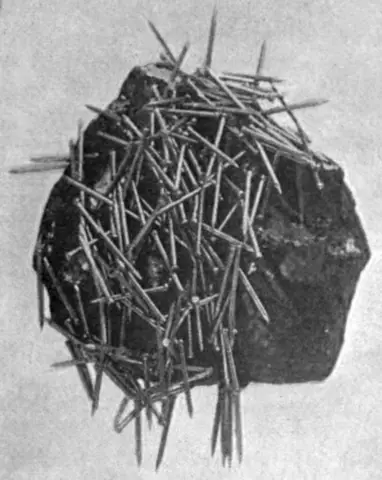
| Further Reading | The World’s 6 Oldest Maps |
One of the most important inventions of all time has been the compass. From guiding hikers to ships this device has allowed man to navigate around the Earth. However what has been the impact of the compass on history? Well here are the 3 largest impacts.
Generally speaking, there are 3 major impacts of the compass on history. First, the compass allowed humans to begin to navigate across the oceans easily. Second, the compass began to allow for the creation of geographic maps which were more accurate than previous ones. Third, the compass helped to transition the world from the medieval to the modern era.
Many people take the invention of the compass for granted. Before the compass existed you would have had to either travel by the stars or the sun. If there was not a clear night/day then you would have to wait or wander aimlessly.
Here at The History Ace, I strive to publish the best history articles on the internet. If in the end, you enjoyed this article then consider subscribing to the free newsletter and sharing around the internet.
Without further ado, here are the 3 reasons the compass changed history forever.
First Use of the Compass in History
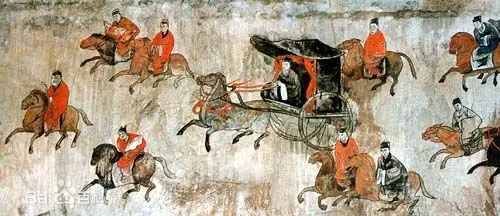
The compass was invented in China between the 4th century BC and 3rd Century AD during either the Han or Tang Dynasties.
The invention of the compass was so powerful that today it is celebrated as one of the Four Great Inventions of Chinese Culture; the compass, papermaking, gunpowder, and printing.
Historians have accounts of ancient Chinese inventors observing that magnetized iron seems to always point in the same direction. At first, the ancient Chinese compass was just a metal board with a polished iron spoon.
When the spoon was placed on the board it would slowly turn to point north. This was the first instance of a compass being used to discover a cardinal direction.
Because of this compass, China was capable of rapidly expanding and creating trade routes across the Indian Ocean, Red Sea, Mesopotamia, Persian Gulf, and finally the Horn of Africa. This rapid expansion from the 4th-8th century AD can be seen as a byproduct of the invention and adoption of the compass as a navigational instrument.
Over time the invention of the compass would make its way westward during the 11th century to eventually end up in Arabic and European cultures. However, for nearly 800 years only China and parts of Asia would have access to the compass.
Reason 1: The Compass Allowed Humans to Navigate Across the Open Sea Easily
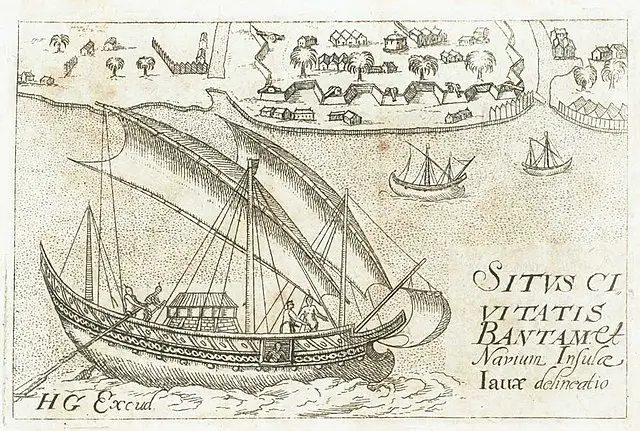
One of the main reasons why the compass forever changed history was because it allowed people to easily cross the oceans and seas.
Before the invention of the compass, many cultures would simply set sail out to the open ocean. This was a huge gamble because even if you knew how to navigate by either the stars or the sun if you ended up in a storm you could be completely lost.
This was forever changed by the invention of the compass. Starting in the 11th century AD the western world started to get ahold of Chinese compasses and started to use them to explore Europe and Africa. Now people could easily navigate in unexplored areas and still find their way home.
In 1453 two major events happened which caused Europe to try to find a new way to navigate to India to continue their lucrative trade deals. First, the Hundred Years’ War between the kingdoms of France and England finally ended. Second, the ancient city of Constantinople was conquered by the Ottoman Empire.
With European trade routes through Constantinople cut off and the Kingdoms of France and England in ruins, several European powers started to invest in technology and voyages to find a new way to trade with India. In 1459 Portuguese king Afonso V of Portugal commissioned Genoese experts with compasses to build a map to lead to a new trade route; this was the Fra Mauro map.
However, it was not until 1492 that Spain sent Christopher Columbus on a journey westward across the Atlantic to find a new trade route with the East Indies to profit from trading spices. With the aid of compasses, Columbus’s voyage was the first European one to establish contact with the Americas.
Reason 2: The Compass Allowed for the Creation of Accurate Maps
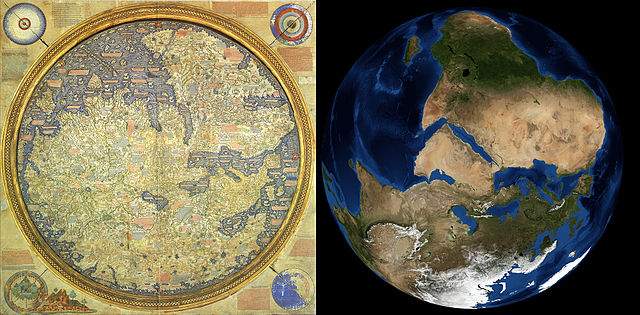
Europeans obtained access to the compass in the 11th century and immediately started to build more accurate maps.
However, it was not until the 15th century that accurate map-making was aided by the compass. The best example of this is the above picture of the 1450 Fra Mauro Map.
Up until the creation of the Fra Mauro Map most maps were centered around the city of Jerusalem. This was because of the religious importance of the city as the ‘center of the world.’ However, as cartographers got access to the compass they began to create accurate maps that were instead positioned around navigational directions. Today these are the cardinal directions of north, south, east, and west.
Further, in the 15th-century cartographers building maps would start to orientate the maps towards the direction south. This is why maps from this time period appear to be backward as we are accustomed to the direction of the north.
However, the main impact of the compass on map-making was the ability to accurately begin to measure distance. A medieval cartographer could look at the compass, walk a set distance, and record how much the direction changed.
With this information, the cartographer could make a more accurate map that was based on measurements that today are still somewhat accurate. Compared to ancient and early medieval these late medieval maps are extremely accurate. This was because of the adoption of the compass.
Simply put, one of the main reasons why the compass changed history forever was by allowing for the creation of extremely detailed maps.
Reason 3: The Compass Helped Transition the World From the Medieval to Modern Era
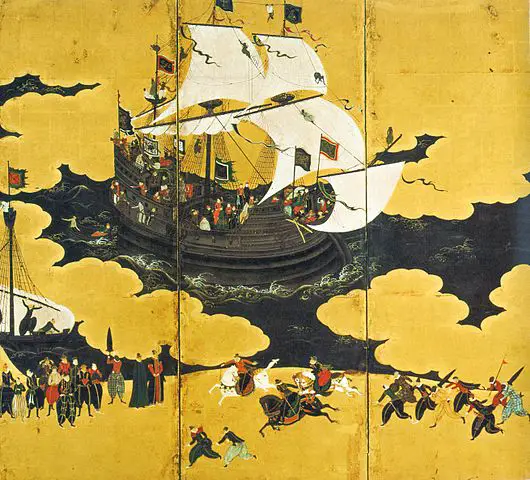
Without the aid of the compass, the world would have a delayed transition from the medieval to the modern era. This is because of the compass’s ability to build accurate maps, trade routes, and allow for colonization by European powers.
The medieval period is an era that is characterized by a society dominated by feudalism. Within this society, the most powerful people were not ones who held money but instead held land with forced servants. This land was given to them by a lord or king who in turn could call upon them for military service.
The adoption of the compass by medieval merchants allowed them to easily find better trade routes across vast expanses of water and land. With these new trade routes, the world became more profitable and interconnected. Now all of a sudden the feudal society started to break down as the most powerful people changed from lords and nobles to instead wealthy merchants and kings/queens.
With this increase in wealth came a desire to establish more trade routes and ways to protect them. This was the birth of colonization. Now a European monarch was incentivized to establish contact with faraway lands, claim a settlement, and begin to extract wealth back to their own lands.
From the 15th century up until the 17th Spain made contact with the Americas, Britain made contact with North America, Portugal made contact with Japan and China, and France made contact with North America. All of this was done to drive more economic trade routes and increase the number of goods being exported back to the ruler and homeland.
The compass was the reason that these medieval merchants could safely build maps, navigate uncharted lands, and begin to create the trade routes which led to the downfall of the medieval era. With this came the creation of the modern era which was characterized by rising capitalism, rapid technological developments, and a re-emergence of ideas of liberty and nationalism.
Simply put, the compass allowed the world to rapidly develop new trade routes which allowed for the modern era to be created.
Frequently Asked Questions About Compass History
Here are a couple of the most common questions we get asked about the compass here at TheHistoryAce. I decided to put them into one section so that everybody can have access to the questions and answers.
If you don’t see your question here feel free to email me and we can add it in there.
What Was the First Compass Made Out Of?
We don’t know for certain but in ancient China historians have reports of needles being rubbed on an iron lodestone. These needles would then appear to rotate to always point in the same direction.
So the first compass was probably just an iron needle on a metal board.
Why Is It Called a “Compass?”
This is a hard question to answer; there are a lot of possibilities.
However, the most likely reason that a compass is called a compass is because of the Latin word compassus which translates to ‘circular movement.’ This is more than likely the name of a compass because of how the needle could move in a circle around ‘magically’ and always point in the same direction.
How Did People Navigate Before the Compass?
Before the compass was invented people had to rely upon natural landmarks to create maps and get directions.
For example, if you were walking around the Roman Empire in the 3rd century AD and you asked for directions from Rome to Constantinople then you would get a series of landmarks that you need to find. Maybe you walk to a river in the north then follow the river to a town. From that town to another town until you finally end up in Constantinople.
Generally speaking, people would give directions based on natural landmarks such as rivers and man-made places such as cities or towns.
Summary
There you have it; just about everything you will ever need to know on the 3 reasons why the compass changed history forever.
The compass remains one of the most important inventions in history. It is no coincidence that once Europeans got ahold of it in the 11th-14th century they started to explore the oceans.
I hope you enjoyed this article. If you did then consider subscribing to the free newsletter and sharing around the web.
Further, you can check out some of the other articles below.
-
3 Reasons the Compass Changed History Forever

Looking for the importance of the invention of the compass on history? Well here are the 3 reasons it changed history forever.
